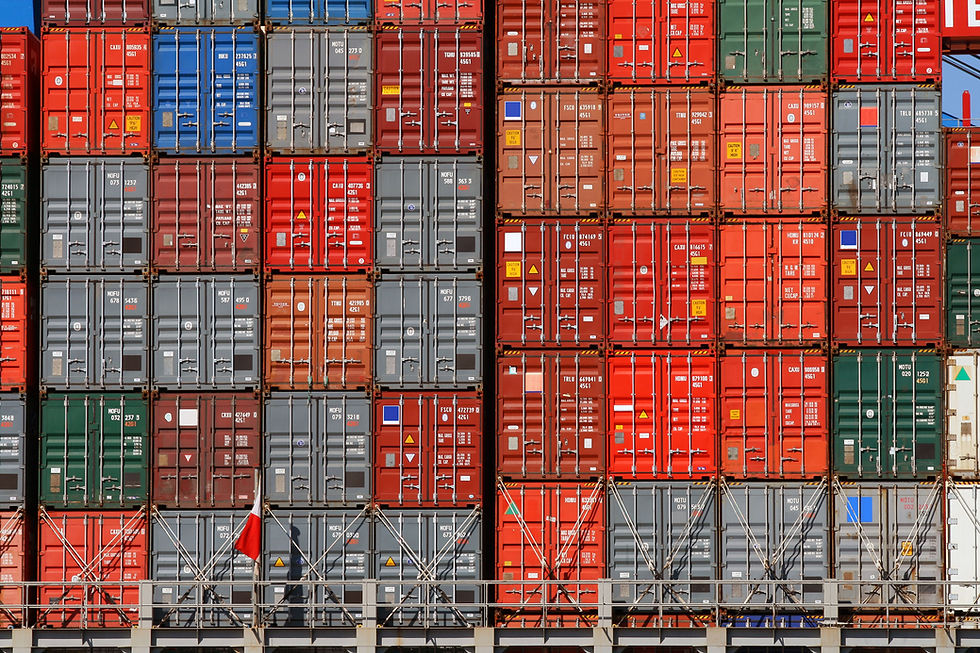Top Import/Export Challenges in Latin America — And How Freight Networks Help Overcome Them
- FNC America
- May 23
- 2 min read

In today’s fast-moving global economy, Latin America plays a critical role in international trade. With rich natural resources, growing manufacturing hubs, and increasing consumer demand, the region offers massive potential for importers and exporters. But like any region with complex supply chains, Latin America also presents its share of import/export challenges.
For freight forwarders and logistics professionals, these hurdles can slow down business—unless you have the right freight network by your side.
Let’s explore the top obstacles and how a strong freight forwarding network helps you overcome them.
Top Import/Export Challenges in Latin America
1. Customs Complications and Regulatory Complexity

Navigating customs in countries like Brazil, Argentina, or Colombia can be overwhelming. Regulations vary not only between countries but also within different ports of entry.
Challenge: Frequent regulatory changes and lack of transparency delay cargo clearance. Solution with a Freight Network: Local freight partners in the network can share real-time updates, provide expert guidance, and ensure compliance, reducing delays.
2. Limited Infrastructure in Some Regions
While major ports like Santos and Cartagena are well-equipped, many areas in Latin America still suffer from outdated infrastructure or limited connectivity.
Challenge: Road bottlenecks and port congestion increase transit time and costs. Solution with a Freight Forwarding Network: Trusted agents within the network can recommend alternative transport modes or lesser-used ports with better efficiency.
3. Political and Economic Instability
Sudden policy changes, currency fluctuations, or labor strikes can disrupt your entire supply chain.
Challenge: Unpredictable operating environments make it hard to plan shipments. Solution with a Freight Network: When you're part of a global logistics network, you can quickly reroute shipments or lean on experienced local partners for updates and contingency plans.
4. Language and Cultural Barriers
Miscommunication with local suppliers, port authorities, or trucking companies can cause costly errors.
Challenge: Language and cultural differences can slow down decision-making and execution. Solution with a Freight Network: Local members act as cultural and linguistic bridges, ensuring smoother coordination and better customer service.
5. Lack of Visibility and Tracking
In some parts of Latin America, digital tracking tools are underutilized or inconsistent.
Challenge: Shippers often have limited visibility over their cargo. Solution with a Freight Forwarding Network: A reliable network typically includes members who offer advanced tech, improving shipment tracking and transparency.
How Freight Networks Bridge the Gaps

Being part of a freight network is like having a global team you can trust, especially when navigating tricky regions. Here's how it makes a difference:
Local Expertise: Tap into verified local agents who know the landscape.
Shared Resources: Access warehousing, trucking, and customs support across borders.
Collaborative Problem-Solving: Members support each other with backup solutions during disruptions.
Business Opportunities: Networks create B2B connections, opening doors to new clients and partners.
Final Thoughts: Don’t Go It Alone
Importing or exporting in Latin America isn’t easy—but it can be profitable and reliable when you’re backed by a freight network with global reach and local expertise. Instead of reinventing the wheel, join a logistics ecosystem where collaboration replaces isolation, and challenges become opportunities.
Looking to expand your presence in Latin America and beyond? Join the FNC Freight Network — where over 560 members in 100+ countries connect, collaborate, and grow together.




Comments